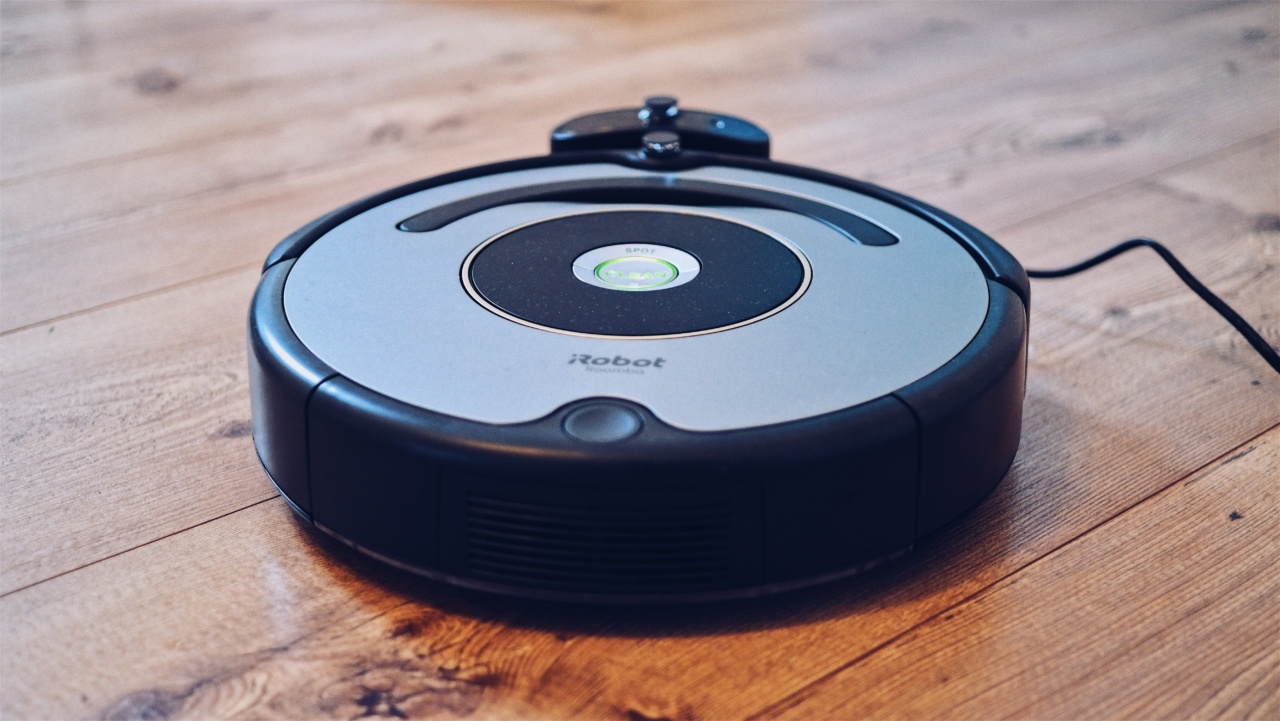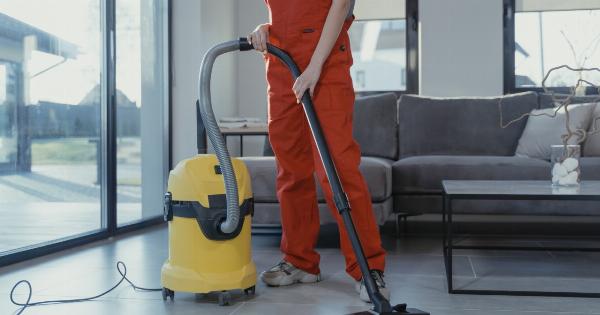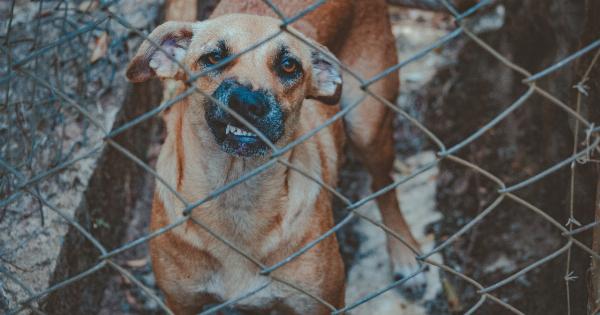Many dogs experience fear when it comes to vacuum cleaners and crowded places. It can be distressing to see your furry friend cower and tremble in fear whenever you bring out the vacuum cleaner or take them to a crowded area.
However, there are effective solutions to help alleviate your dog’s fear and anxiety in these situations. In this article, we will explore the underlying causes of this fear and provide you with practical tips to overcome it.
Understanding the Fear
Before we dive into the solutions, it’s important to understand why some dogs develop a fear of vacuum cleaners and crowded places. Dogs have sensitive hearing and can be startled by the loud noise produced by the vacuum cleaner.
Similarly, crowded places may overwhelm them due to a lack of personal space or previous negative experiences.
Socializing Your Dog
Socialization plays a crucial role in helping dogs overcome their fear of crowded places. Gradually exposing your dog to different environments, people, and animals can help desensitize them.
Begin by introducing your dog to less crowded areas and gradually increase the level of exposure. Reward them with treats and praise to create positive associations with these experiences.
Counterconditioning and Desensitization
Counterconditioning involves changing your dog’s emotional response to a feared stimulus, such as a vacuum cleaner or crowded place. Start by keeping the vacuum cleaner in sight without turning it on.
Reward your dog with treats and praise for remaining calm. Gradually increase the exposure by turning on the vacuum cleaner for short periods while offering rewards and positive reinforcement. The same principle can be applied to crowded places.
Start with quiet places and gradually expose your dog to more crowded areas.
Creating Positive Associations
Associating positive experiences with vacuum cleaners and crowded places can help change your dog’s perception. For vacuum cleaners, begin by leaving it in a non-threatening area and let your dog explore it on their own terms.
Offer treats or playtime near the vacuum cleaner to create positive associations. Similarly, in crowded places, carry treats or toys to distract your dog and reward them for calm behavior.
Implementing Obedience Training
Obedience training can be instrumental in helping your dog overcome fear and anxiety. Teaching basic commands like “sit,” “stay,” and “come” can provide a sense of control and reassurance for your dog.
Practice these commands in a calm and quiet environment before gradually introducing distractions, such as the noise of a vacuum cleaner or the presence of other people, to strengthen their obedience skills.
Use of Calming Tools
Various calming tools and techniques can aid in reducing your dog’s fear. Thundershirts, which provide gentle pressure, can help alleviate anxiety.
Additionally, pheromone diffusers, such as Adaptil, release calming pheromones that can create a soothing environment for your dog. Consult with your veterinarian to determine if these tools may be suitable for your dog’s specific needs.
Seeking Professional Help
If your dog’s fear of vacuum cleaners and crowded places persists or worsens, seeking help from a professional dog trainer or veterinarian is recommended.
They can assess your dog’s behavior and develop a personalized training plan to address their specific fears and anxieties. Additionally, they may recommend further interventions, such as behavior modification techniques or medication, if necessary.
Preventing Future Fear
Once your dog has overcome their fear of vacuum cleaners and crowded places, it’s essential to prevent future fear from developing. Regularly expose your dog to different environments, people, and noises to maintain their confidence.
Reinforce positive behavior and continue training and socialization throughout their life. By doing so, you can ensure that your dog remains happy and comfortable in various situations.
The Importance of Patience
Remember, overcoming your dog’s fear takes time and patience. Avoid forcing your dog into situations that trigger their fear, as it can reinforce their anxiety. Respect their boundaries and progress at a pace that is comfortable for them.
With consistent training, positive reinforcement, and understanding, you can help your dog overcome their fear of vacuum cleaners and crowded places.





























